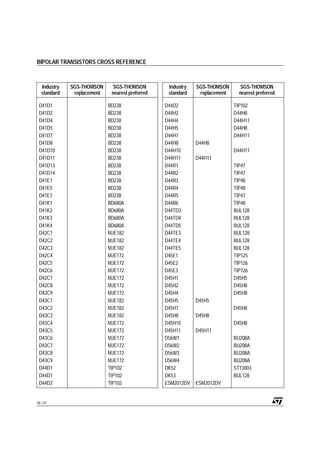

It was earliest optical device having major drawbacks like: nonlinearity, less efficiency (15-25%), shorter spectral range (0.4-1.2 nm) and response time (25ns). Solar cell was discovered in 1839 by Alexandre-Edmond Becquerel and it was based on the photovoltaic effect. TABLE I: Comparison in between optical devices Power dissipation: Power dissipation is defined as the power that is converted to heat and then conducted or radiated away from device.Ĭomparisons of optical devices on the basis of these parameters are shown in table I. Linearity: An output signal that is proportional to the intensity of light falling on the detector. Optical Gain: optical Gain is caused by photo-induced tran- sitions of electron from the conduction band to the valance band. The sensitivity is linearly propor- tional to both the QE and the free-space wavelength. Sensitivity: The sensitivity of a phototransistor relates the electric current flowing in the device circuit to the QE is inversely proportional to the wavelength of incident photon. The main performance matrices parameters of any optical devices are: Quantum efficiency: It refers to the percentage of absorbed photons that produce electron-hole pair. Thus, like the case for a photodiode, doubling the size of the Base region doubles the amount of generated Base photocurrent, but phototransistor has much lower noise level as compared to photodiode, we will focus on the photo-bipolar junction transistor (photo-BJT) because of the large current gain of such devices as compare to other optical devices with same physical phenomenon. The collector-Base junction of the phototransistor works as a photodiode generating a photocurrent which is fed into the Base of the transistor. For a given light source illumination level, the output of a BJT based phototransistor is defined by the area of the exposed collector-Base junction and the DC current Gain of the transistor. These devices respond to light over a broad range of wavelength from the near UV, through the visible and into the near IR part of spectrum. A phototransistor is a semiconductor device that is highly sensitive to light striking it by generating an electric current. For applications with weak optical signals, the use of photo-detectors with built-in amplification are used, those photo-detectors are called phototransistor. Optical devices are used to convert optical energy (light) into electrical energy. Keywords- BJT, AlGaAs, GaAs, Hetero-junction Photo- transistor, Homo-junction Photo-transistor. In addition, a comparative study is done in between homo-junction and hetero-junction BJT based phototransistors which help in understanding the basic phenomena of different performance parameters, like optical gain, spectral range, and efficiency The choice of materials for fabrication of phototransistors has also been discussed and make a small comparison in solar-cell, photo-diode and phototransistor with the basic parameters used in optical devices.

1Chandrika Sharma, 2Nidhi Sharma, 3Poornima Sharma, *Veerendra Kumarġ, 2, 3 M.Tech (VLSI Design), Banasthali University, IndiaĪbstract This literature survey prospects the performances of photo-transistors using different directions of illumination of the device and tends to find the optimized direction in-terms of conversion gain, optical gain and injection efficiency.


 0 kommentar(er)
0 kommentar(er)
